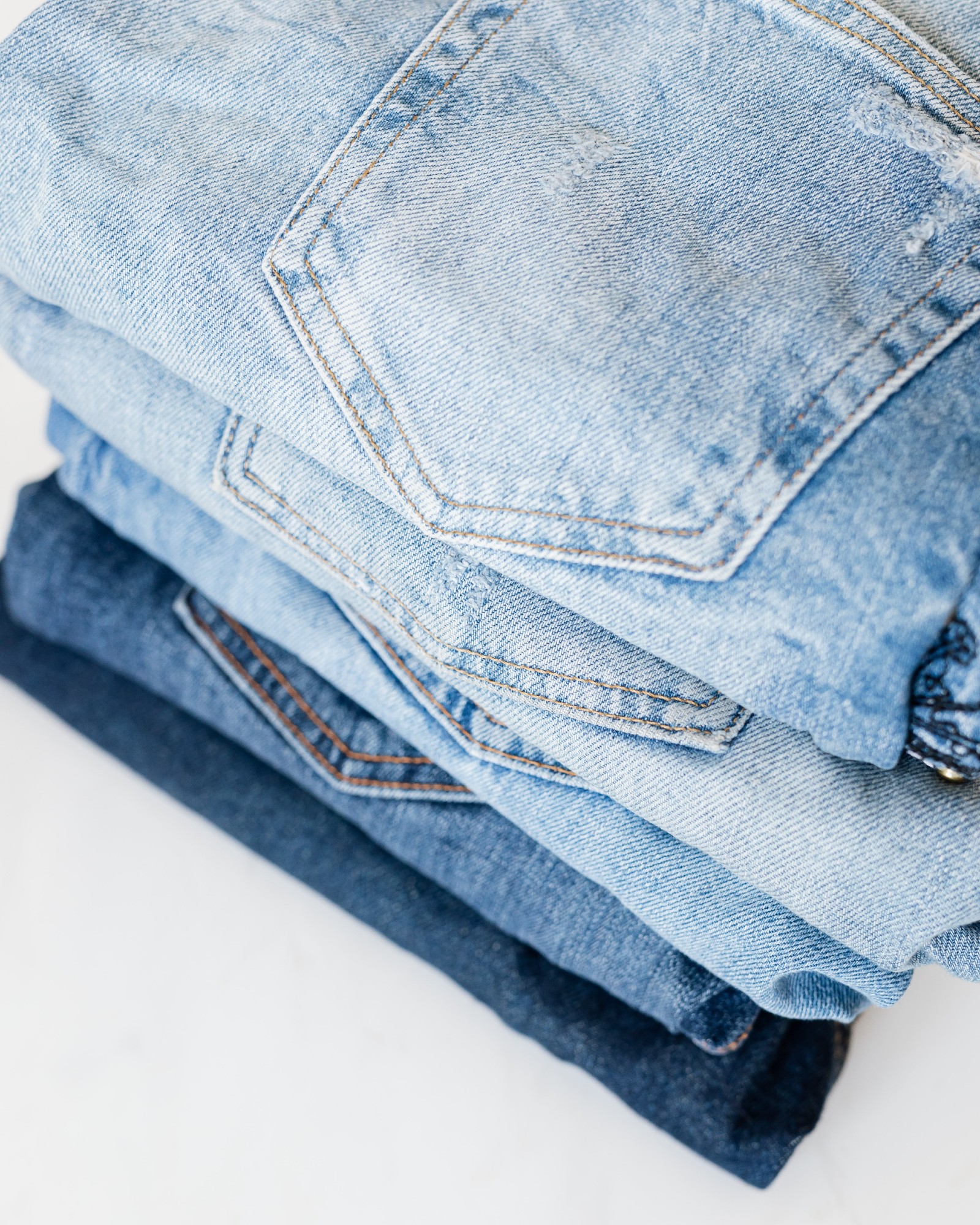Behind the Curtain: Is Rental Fashion Truly Sustainable?
Some say throwing out a pair of jeans is more planet-friendly than renting. While others believe there are significant environmental benefits to borrowing clothes. Who’s closer to the truth?

Rental fashion is on the rise. Projected to hit 2.9 billion GBP by 2029, it’s a steep climb from just 400 GBP three years ago. Brands like Rent the Runway, Nuuly, and Armoire are subscription-based models that allow shoppers to borrow – instead of buy – apparel, helping customers keep their wardrobes fresh, curated, and perhaps, guilt-free.
Conscious consumers, in particular, are flocking towards rental alternatives to stay hip and trendy without the detrimental consequences of fast fashion. However, the eco-friendliness of clothing rentals hinges on various factors. Let’s dive in.
The “pros” of rental
Research estimates that, on average, renting one piece of clothing can save up to 24% water, 6% energy, and 3% CO2 emissions, when compared to buying a new item.[1] These numbers reflect the fact that rental fashion enables buyers and sellers alike to prolong the lifespan of clothes. “Extending the durability of garments through renting services gives brands permission to produce smaller quantities of clothing,” explains Nina Rowan, Director of Marketing at Wardrobe, a rental platform.[2] Discover here how Rent the Runway saved over 1.3 million clothes from landfills in 2021 alone.

The “cons” of borrowing
“Rental is not synonymous with sustainable,” clarifies Maxine Bédat, Director of the New Standard Institute, a non-profit working with scientists and citizens to hold fashion brands accountable. Unless the industry addresses the disposability of trends and throwaway culture of today, “we will remain on this disastrous path,” he cautions.[3] Although rental apparel may reduce how much we buy, and it’s a step in the right direction, it’s not a holistic solution.[4]
Understanding “share-washing”
Fashion experts predict that rental apparel may actually increase our appetite for clothes. In a true sharing economy, the users – or shoppers – own the product and directly exchange goods or services with one another. Airbnb allows us to share our homes with strangers, Uber allows us to share our cars with people we’ve never met.
Rather than peer-to-peer (like the Airbnbs and Ubers of the world) some garment rental services are access-based platforms that allow shoppers to discover greater product selections at a lower price. It’s called “share-washing,” and according to Steven Curtis, a researcher at Sweden’s Lund University, his studies indicate that access-based models can actually induce higher consumption patterns – feeding the industry’s over-production and hyper-consumption problem.
No “one-size-fits-all”
However, not all rental fashion brands are built the same. Peer-to-peer models can be up to 20% more sustainable than inventory-based rental businesses, says a study by the Ellen MacArthur Foundation.[5] By removing the intermediaries and avoiding garment stockpiles, such models can help reduce environmental costs from logistics to transport to packaging.
Although there is no one clear answer, fashion insiders suggest that it makes more sense to rent formal attire, something we wear once, than a pair of jeans, something that we wear every day. A life cycle assessment of rental garment models in Germany and Japan found that borrowing occasion wear leads to a significant reduction of the environmental impacts by the avoided production of new clothing and extended life of the garment.[6],[7]
Ready to browse? Here are the top 8 apparel rental brands fit for every special occasion.
References
[1] “Is Renting Your Clothes Really More Sustainable?” | Vogue. Available at: https://www.vogue.co.uk/fashion/article/is-renting-your-clothes-really-more-sustainable
[2] “How Eco-Friendly Is Clothing Rental?” | Remake. Available at: https://remake.world/stories/style/how-eco-friendly-is-clothing-rental/
[3] “Is Renting Your Clothes Really More Sustainable?” | Vogue. Available at: https://www.vogue.co.uk/fashion/article/is-renting-your-clothes-really-more-sustainable
[4] “How Eco-Friendly Is Clothing Rental?” | Remake. Available at: https://remake.world/stories/style/how-eco-friendly-is-clothing-rental/
[5] “Peer-to-peer rental: A better solution?” | Vogue Business. Available at: https://www.voguebusiness.com/consumers/peer-to-peer-rental-a-better-solution#:~:text=Peer%2Dto%2Dpeer%20rental%20services,by%20the%20Ellen%20MacArthur%20Foundation
[6] “Is Renting Your Clothes Really More Sustainable?” | Vogue. Available at: https://www.vogue.co.uk/fashion/article/is-renting-your-clothes-really-more-sustainable
[7] “Environmental implication of casual wear rental services: Case of Japan and Germany” | Procedia CIRP. Available at: https://www.sciencedirect.com/science/article/pii/S2212827120301670
Author: Naomy Gmyrek
Latest from the Magazine